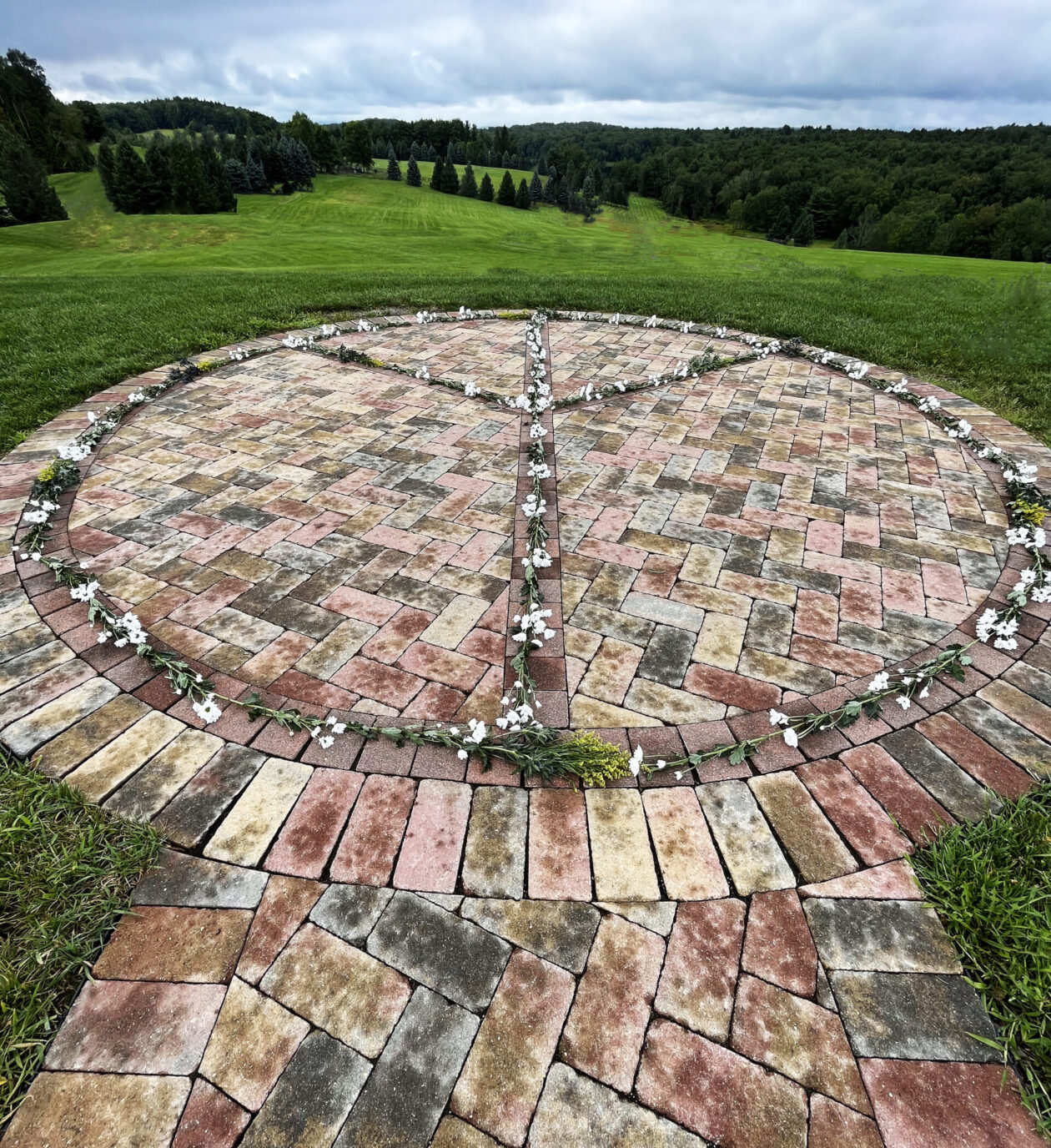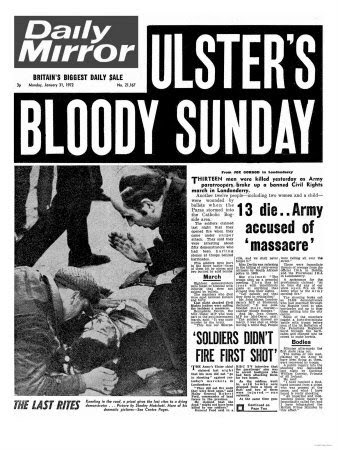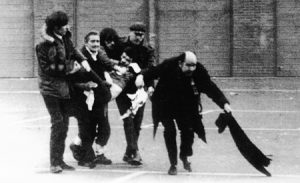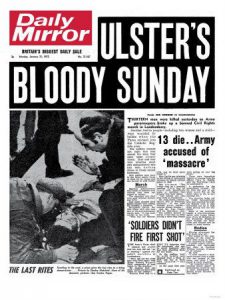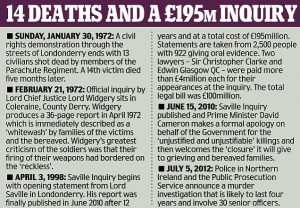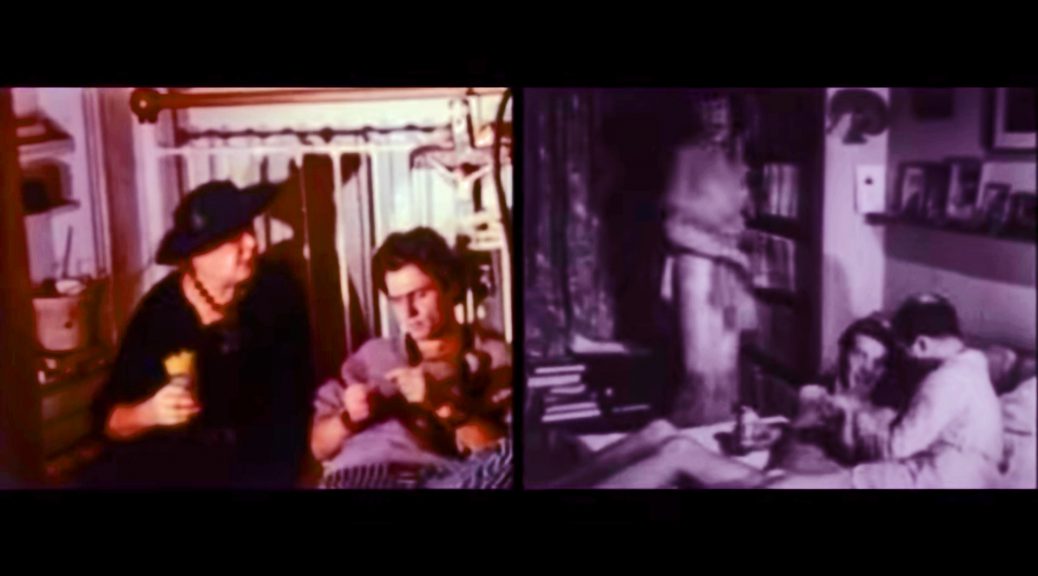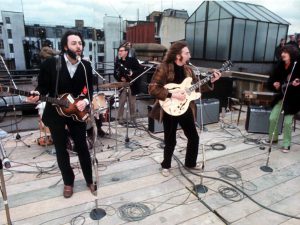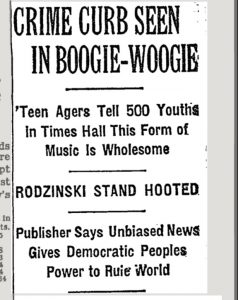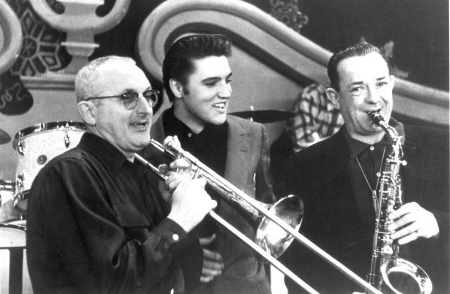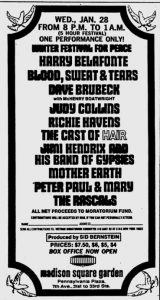Sunday Bloody Sunday music
Ironically, there are too many Never Forget events to remember.
The more history changes…
Most of my posts deal with events that occurred in the United States. Of course as we see and hear continuously today, when the United States sneezes, the world catches a cold. Or at least it tries to duck.
Sometimes an international event is too meaningful and close to home to not include. Such was the tragedy in Derry, Northern Ireland on January 30, 1972.
Sunday Bloody Sunday Music
Derry, Northern Ireland
The sectarian crisis in Northern Ireland escalated in 1969 when the British government sent troops to Northern Ireland to suppress the Irish Republican Army’s nationalist activity and to quell religious violence between Protestants and Catholics.
The Catholic nationalist community in town of Derry had initially welcomed the troops as a preferable alternative to what they saw as the discrimination of the local Northern Ireland security forces, but continued opposition to policies such as detention of terrorist suspects without trial and the alleged gerrymandering of electoral districts to favor Protestant voters had inspired a civil rights movement across Northern Ireland. With support for the demands of the civil rights movement so strong among local people, Derry was an obvious choice for a mass demonstration.
Sunday Bloody Sunday Music
30 January 1972
The protesters, all Catholics, marched in spite of the banning of such marches. British authorities sent troops to confront the demonstrators when it went ahead.
About ten thousand people gathered. The army set up barricades to prevent the march reaching its intended destination of Guildhall Square in the heart of the city. Paratroopers moved in to make arrests. During this operation, they opened fire on the crowd, killing thirteen (five of whom were shot in the back), and wounding 13 others.
The dead were all male, aged between seventeen and forty-one. Another man, aged fifty-nine, died some months later from injuries sustained on that day. The wounded included a fifteen-year-old boy and a woman.
Sunday Bloody Sunday Music
Exoneration
British Army said it had responded after coming under fire. The British government announced it would conduct an official inquiry.
The report of British Lord Chief Justice, Lord Widgery exonerated the army and cast suspicion on many of the victims, suggesting they had been handling bombs and guns.
The families of the victims and others campaigned for a new public inquiry, which was finally granted by then Prime Minister Tony Blair in 1998.
The Bloody Sunday Inquiry took 12 years and finally reported in 2010. It established the innocence of the victims and laid responsibility for what happened on the army.
Prime Minister David Cameron called the killings “unjustified and unjustifiable”. (BBC article on Sayville Inquiry)
Sunday Bloody Sunday Music
Legacy
Musicians wrote song after song inspired by the event and its initial cover up.
Sunday Bloody Sunday Music
Paul McCartney/Linda Eastman
While it would be a stretch to describe Paul McCartney as a protest song writer, his and wife Linda’s “Give Ireland Back to the Irish” certainly falls within that genre. They recorded the song only two days after the shootings and released it with their band Wings in late February. The BBC banned the song. It was the first time that Henry McCullough played with Wings.
Sunday Bloody Sunday Music
John Lennon
John Lennon–partially Irish–had already written and performed “Luck of the Irish” before January 30, but the song became associated with that Sunday afterwards.
| If you had the luck of the Irish You’d be sorry and wish you were dead You should have the luck of the Irish And you’d wish you was English instead! |
In response to the actual event, Lennon also wrote “Sunday Bloody Sunday.”
Sunday Bloody Sunday Music
Others…
- Roy Harper “All Ireland” in 1973.
- Of course, U2’s most famous “Sunday Bloody Sunday” in 1983.
-
Christy Moore “Minds Locked Shut” in 1996
- “Bloody Sunday” by Cruachan in 2004.
- The Wolfe Tones “Sunday Bloody Sunday
